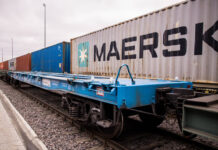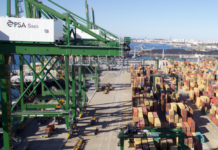
BASF and Yara Clean Ammonia are collaborating on a joint study to develop and build a global-scale low-carbon blue ammonia production plant with carbon capture in the US Gulf Coast region.
In particular, the companies are considering the feasibility of a plant with a total capacity of 1.2 to 1.4 million tonnes per year to serve the growing global demand for low-carbon ammonia.
According to BASF, approximately 95% of the carbon dioxide (CO2) generated from the production process is aimed to be captured and permanently stored in the ground.
In this way, Yara will be able to serve its customers with pure ammonia with a significantly reduced carbon footprint of the product.
For BASF, the new plant would act as backward integration to serve the company’s demand for low-carbon ammonia and would lower the carbon footprint of its ammonia-based products.
Moreover, the two partners plan to complete the feasibility study on the low-carbon blue ammonia production facility by the end of 2023.
“The product characteristics of blue ammonia are identical to conventionally produced ammonia,” according to BASF.
In particular, since the CO2 generated in the production process is captured and not released into the atmosphere, blue ammonia plays a significant role in the transition to alternative, less carbon-intensive products.
“This project underlines BASF’s commitment to drive the sustainable transformation of the chemical industry. Our existing Verbund sites in the region with integrated material flows and advanced infrastructure would be ideally suited for the integration of a new world-scale ammonia facility that has the potential to significantly improve the carbon footprint of both our own operations and the various industries we serve,” commented Dr. Ramkumar Dhruva, president monomers Division of BASF.





